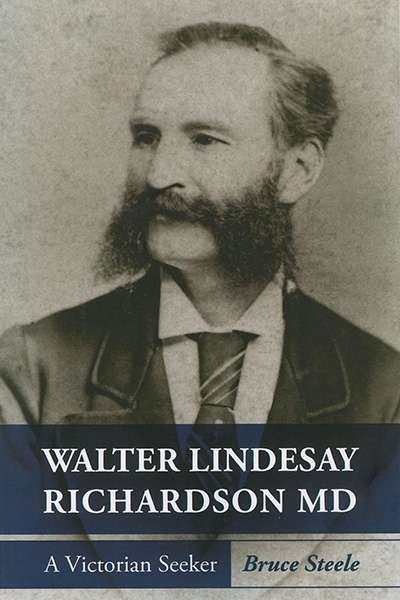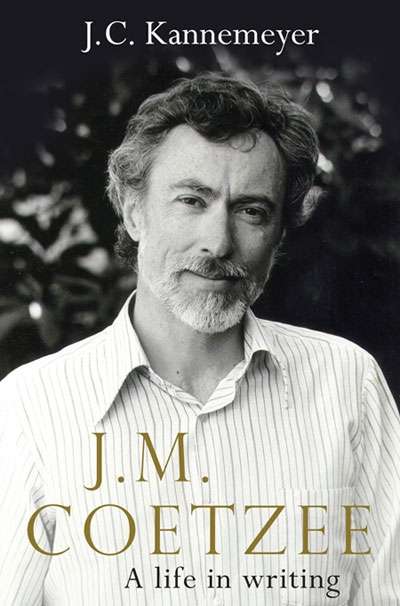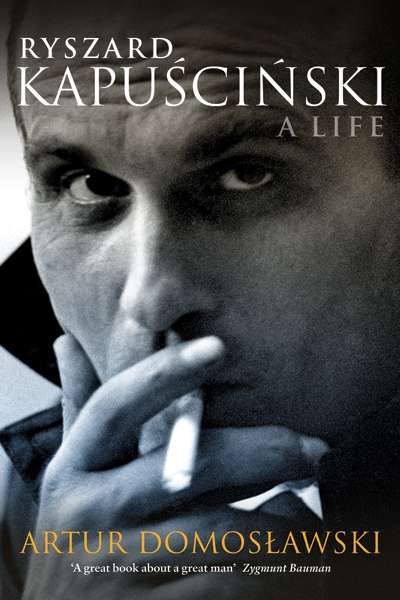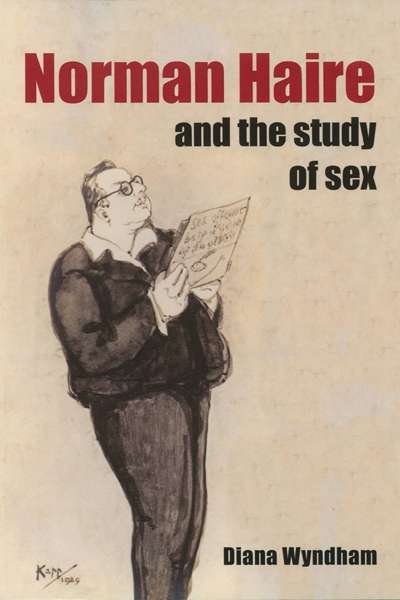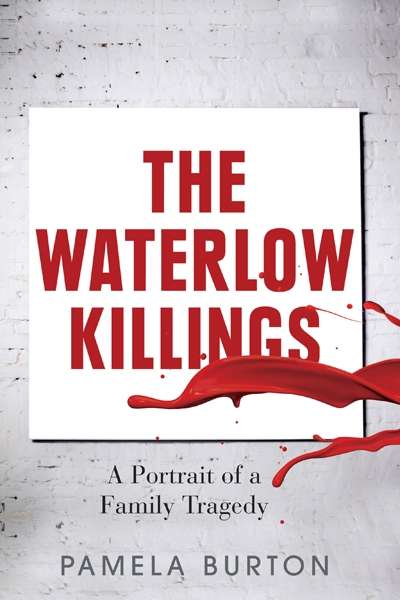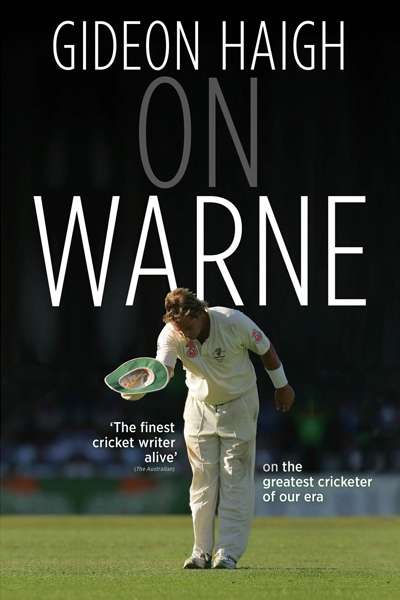Biography
Walter Lindesay Richardson MD: A Victorian Seeker by Bruce Steele
by John Arnold •
J.M. Coetzee: A Life in Writing by J.C. Kannemeyer, translated by Michiel Heyns
by Gillian Dooley •
Ryszard Kapuściński: A Life by Artur Domosławski, translated by Antonia Lloyd-Jones
by Sheila Fitzpatrick •
The Waterlow Killings: A Portrait of a Family Tragedy by Pamela Burton
by Alison Broinowski •
Davis McCaughey: A Life by Sarah Martin
by Chris Wallace-Crabbe •
I'm Your Man: The Life of Leonard Cohen by Sylvie Simmons
by David McCooey •

